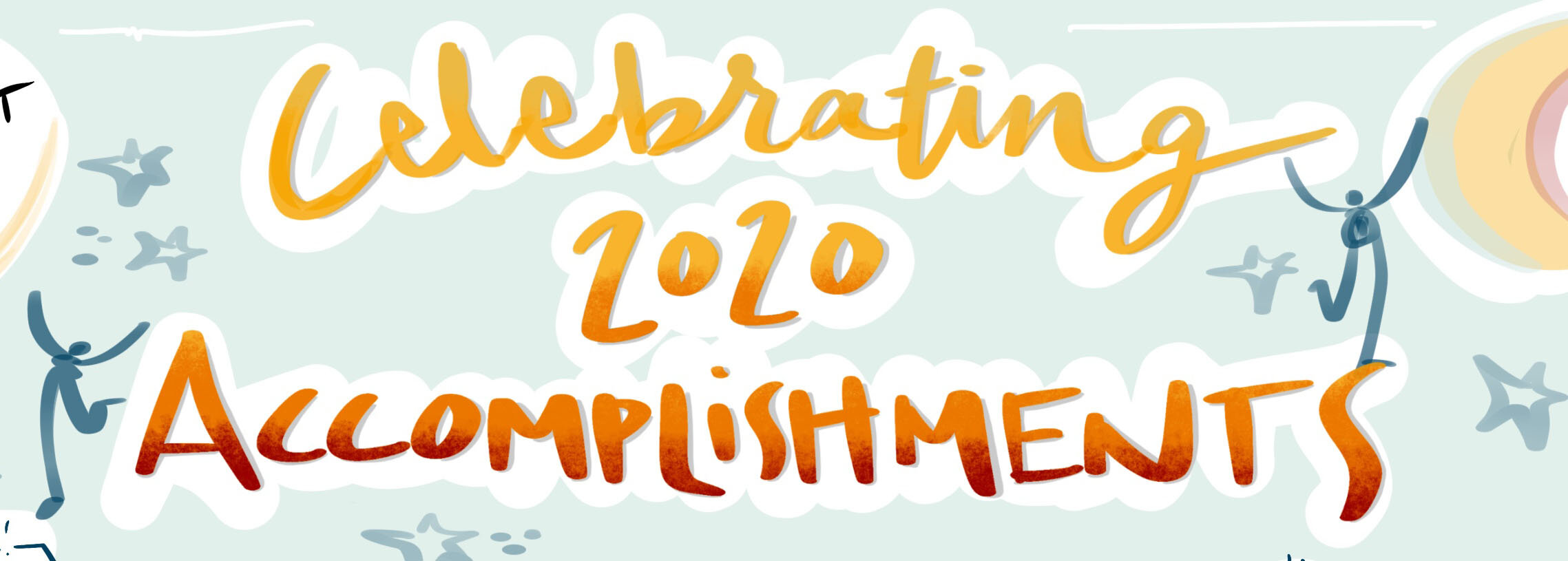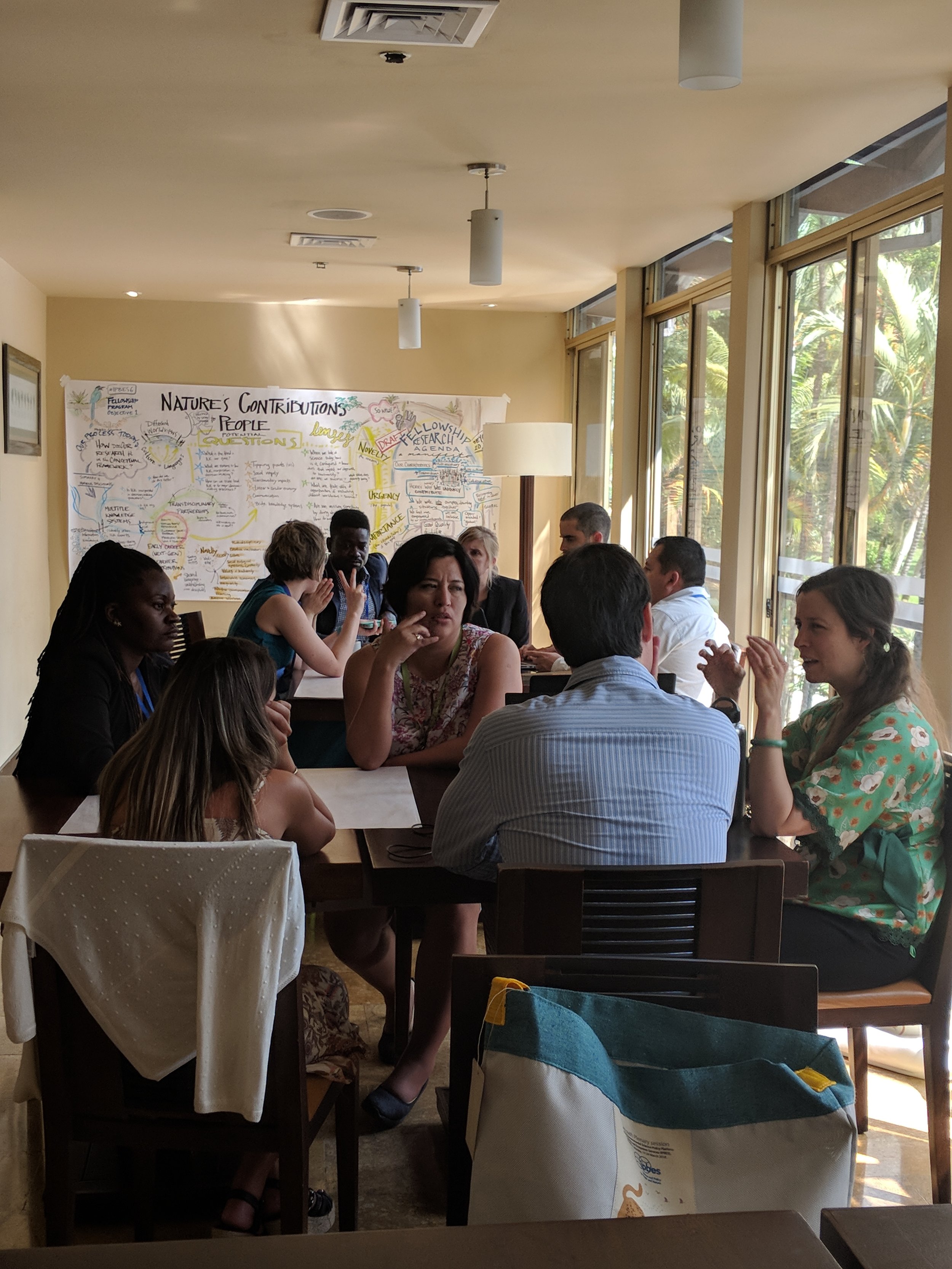Why, yes, you CAN have an interactive and participatory virtual conference with over 3,000 participants from all over the world!
Earlier this month, the Global Council for Science and the Environment (GCSE), and Project Drawdown brought together researchers, leaders, and community members to learn, share, and create solutions for people and planet.
Some of the most powerful insights can be translated to any sector, so no matter who you are, here are a few snapshots from graphics showing what resonated most with the participants over the course of the week:
Effective communication is more important than ever. To do so, we need to meet people where they are.
Listening to and elevating diverse voices we haven’t in the past. At GCSE+Drawdown, there were several Indigenous presenters who openly shared their research and perspectives.
Networks and partnerships are needed do the incredible things we are called to do. Working together we can fill in one another’s gaps, offer new perspectives, and share resources.
Complex challenges require creative solutions, which means looking for systems and across disciplines.
GCSE always does an excellent job leveraging the graphics I create with them. Last year they created a stunning Global Sights and Sounds page to share the graphics and highlights from the conference. This year we collaborated to create visuals for social media posts before, during, and after the conference. I also made a massive Conference Synthesis map created over the course of the five-day conference. Scroll to the right and zoom out to see the entire thing!
Once again, thank you from my heart and soul for your support, great senses of humor, brilliant minds, collaboration and what you're each doing to make the world a better place.
Cheers,
Where in the Virtual World is ConverSketch?
Middle School: Facilitating a series of professional development sessions on using Adobe Fresco with their students as a creative thinking tool.
US Fish and Wildlife Service: Graphically facilitating a session with regional leaders to analyze how to create an internship system that is inclusive and supports hiring a more diverse and representative workforce. The outcomes will be refined into a strategic illustration which can be used in tandem with the Hiring Barriers and Biases illustration I created last year.
Strategic Planning: With a non-profit focused on supporting our democratic process through data-driven approaches. I can’t share the whole graphic, but here’s a snapshot of the title of a session that really elevated the energy levels during a remote retreat. Remember to celebrate accomplishments and share kudos for your team!




















